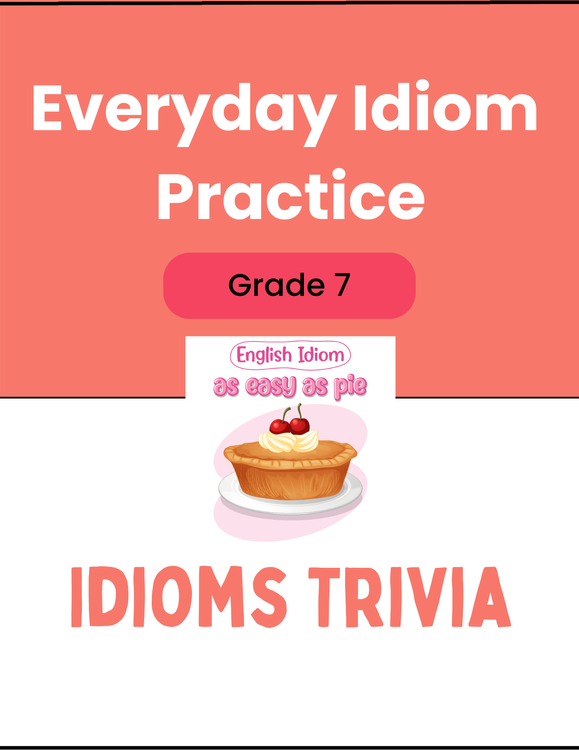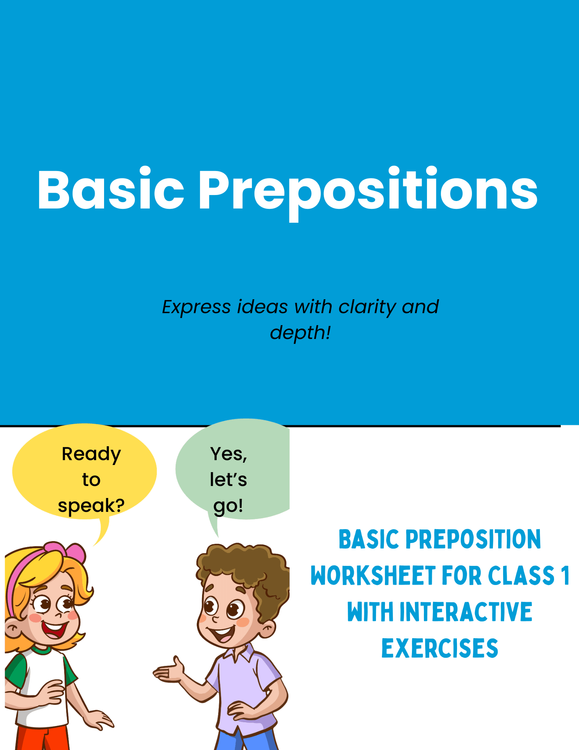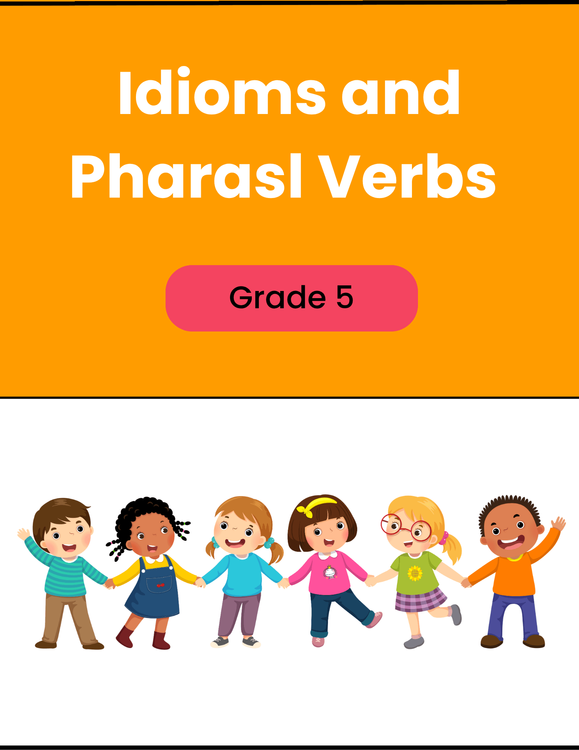Grade 7 Indirect and Reported Speech Worksheet
Class 7English GrammarFree DownloadPDF
Aanchal SoniVisit Profile
I’m a fun-loving TESOL certified educator with over 10 years of experience in teaching English and public speaking. I’ve worked with renowned institutions like the British School of Language, Prime Speech Power Language, and currently, PlanetSpark. I’m passionate about helping students grow and thrive, and there’s nothing more rewarding to me than seeing them succeed.


Grade 7 Indirect and Reported Speech Worksheet
Class 7English GrammarFree DownloadPDF
Aanchal SoniVisit Profile
I’m a fun-loving TESOL certified educator with over 10 years of experience in teaching English and public speaking. I’ve worked with renowned institutions like the British School of Language, Prime Speech Power Language, and currently, PlanetSpark. I’m passionate about helping students grow and thrive, and there’s nothing more rewarding to me than seeing them succeed.
Importance of Learning Indirect & Reported Speech
Indirect and reported speech are essential parts of English grammar because they help students:
Communicate information accurately without repeating exact words.
Understand how tenses, pronouns, and time expressions change in reported speech.
Improve writing quality in essays, stories, dialogues, and reports.
Develop clearer thinking and more effective expression in both academic and real-world contexts.
Learning this early builds a strong foundation for higher classes and advanced grammar topics.
Who Can Use This?
This material is ideal for:
Grade 7 students who want to strengthen their grammar skills.
Teachers looking for ready-to-use classroom or homework content.
Parents who want to support their child’s language development at home.
Tutors and coaching centers are preparing students for school exams.
Self-learners who want structured, easy-to-understand practice.
Answer Key
MCQ Answers
He said that he had been working hard.
2. The teacher said that honesty is the best policy.
(Universal truth → tense does NOT change)
3. She said that she might go there.
4. He asked whether I knew the answer.
5. Rohan requested me to help him.
Fill-in-the-Blanks Answers
1. had studied
2. would finish
3. rises
(Universal truth → no change of tense)
4. would find
5. must sit
("must" usually remains "must" unless indicating compulsion → then it becomes “had to,” but here “must sit” fits.)
Frequently Asked Questions
Indirect speech is the way we report someone’s words without using the exact sentences they spoke.
Example:
Direct → He said, “I am hungry.”
Indirect → He said that he was hungry.
Usually yes, when the reporting verb (said, told, asked) is in the past tense.
Example:
“I am happy” → He said he was happy.
But if the fact is still true, the tense may stay the same.
Some common changes are:
today → that day
tomorrow → the next day
yesterday → the previous day
now → then
Yes, pronouns change depending on who the speaker and listener are.
Example:
“I love my dog,” she said. → She said that she loved her dog.
Yes.
Remove the question mark
Use verbs like asked/inquired
Follow normal sentence order
Example:
Direct → “Where do you live?”
Indirect → She asked where I lived.







